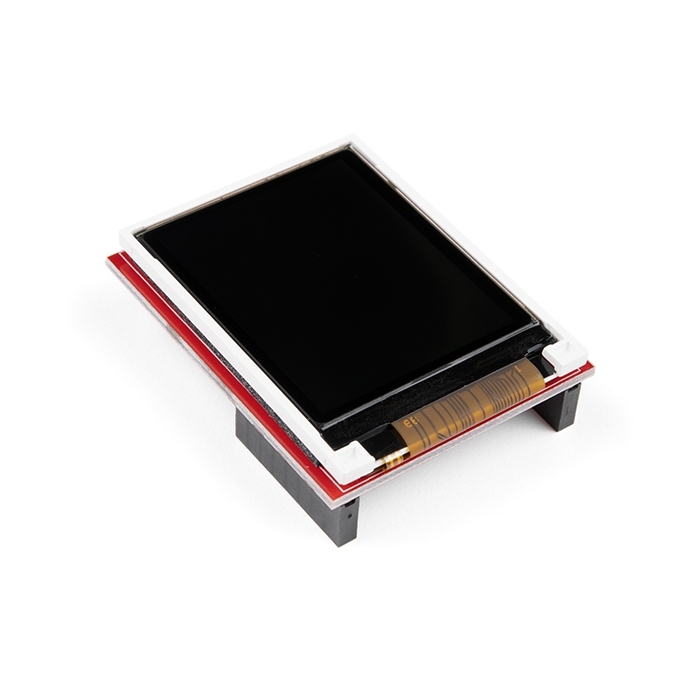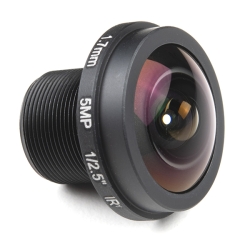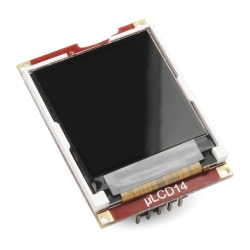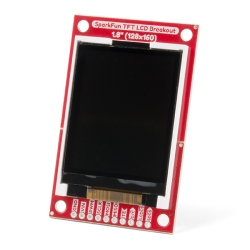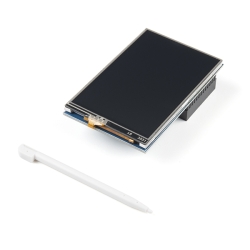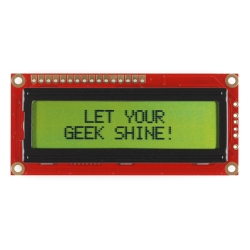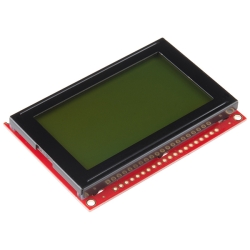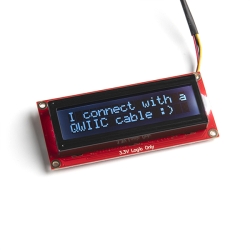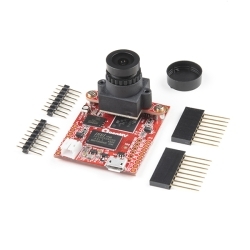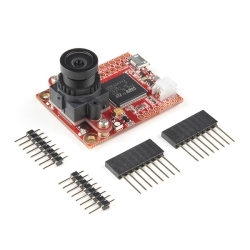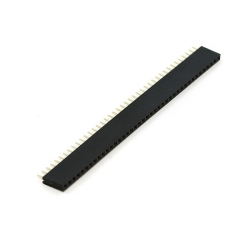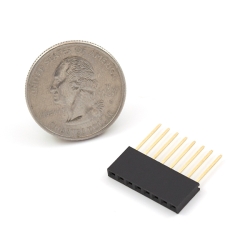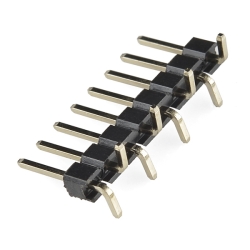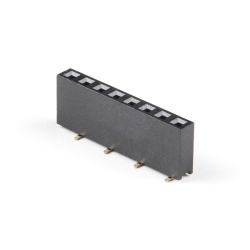OpenMV LCD Shield
The LCD Shield gives your OpenMV Camera the ability to display what it sees on-the-go while not connected to your computer.
Product Overview
The LCD Shield gives your OpenMV Camera the ability to display what it sees on-the-go while not connected to your computer. This shield features a 1.8" 128x160 16-bpp (RGB565) TFT LCD display with a controllable backlight. Your OpenMV Cam's firmware already has built-in support for controlling the LCD Shield using the LCD module.
The LCD Shield is great for robotic applications where you need to debug your OpenMV Cam in the field - like when debugging a line following robot. For example, you can use the LCD Shield to display the frame buffer after you've thresholded and drawn markups on an image.
Features & Specs
- Screen Type - 1.8" TFT LCD
- Horizontal Resolution - 128 pixels (28.03mm), 0.18mm pixel pitch
- Vertical Resolution - 160 pixels (35.04mm), 0.18mm pixel pitch
- Display Colors - 64K 16-bit RGB565
- Power Consumption
- Idle Backlight Off - < 1mA @ 3.3V (> 100mA w/ Cam)
- Idle Backlight On - 30mA @ 3.3V (130mA w/ Cam)
- Active Backlight Off - 10mA @ 3.3V (150mA w/ Cam)
- Active Backlight On - 40mA @ 3.3V (180mA w/ Cam)
- Dimensions
- Weight - 13g
- Length - 48mm
- Width - 38mm
- Height - 13mm
- Temperature Range
- Storage - -30°C to 80°C
- Operating - -20°C to 70°C
Customer Reviews

Stock and Customer Discounts
Available Discounts
- $20.43 | 10+ units
- $18.28 | 100+ units

